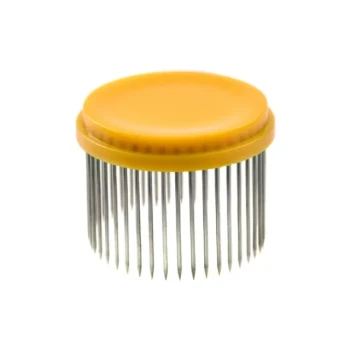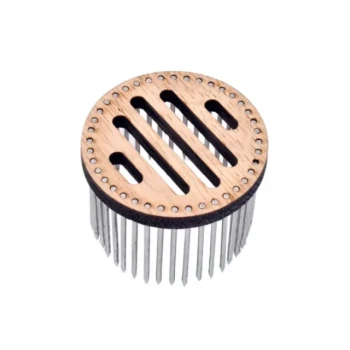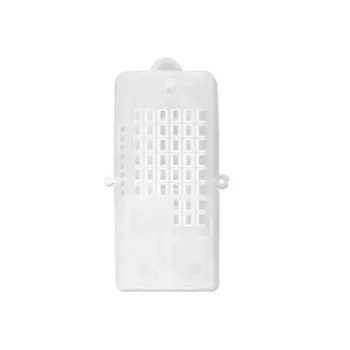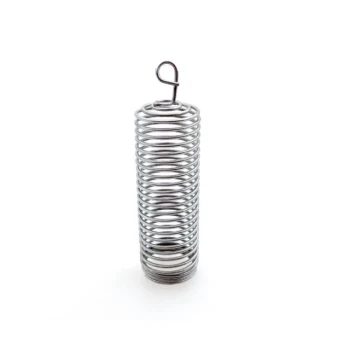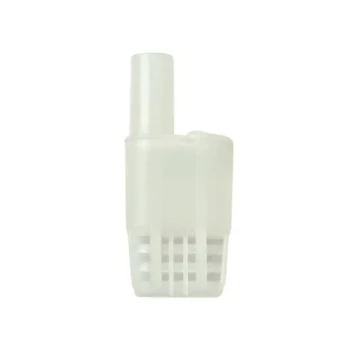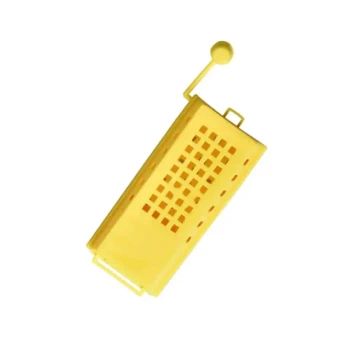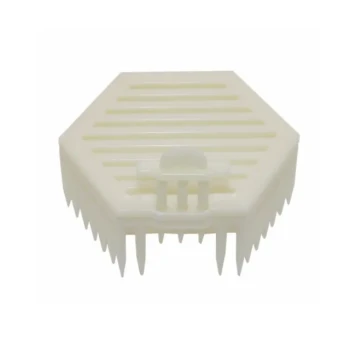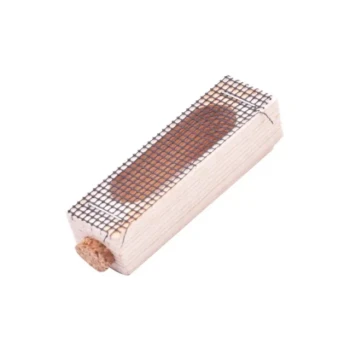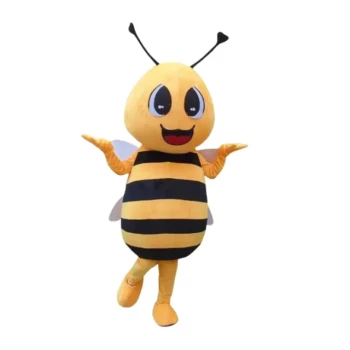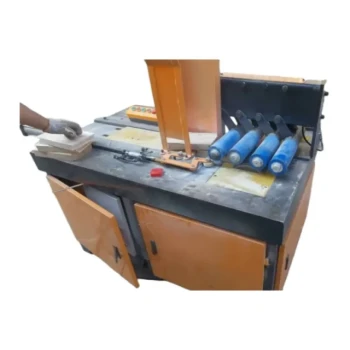To use a press-in cage safely, you must select a specific area of comb that contains emerging brood and honey cells. The cage must be pushed firmly into the comb, ensuring there are no holes or gaps that would allow workers from the main colony to enter prematurely and attack the queen.
The fundamental goal of a press-in cage is to create a controlled environment where the new queen can lay eggs and be cared for by newly emerged, highly receptive bees, allowing her pheromones to spread through the hive before she has direct contact with the entire colony.
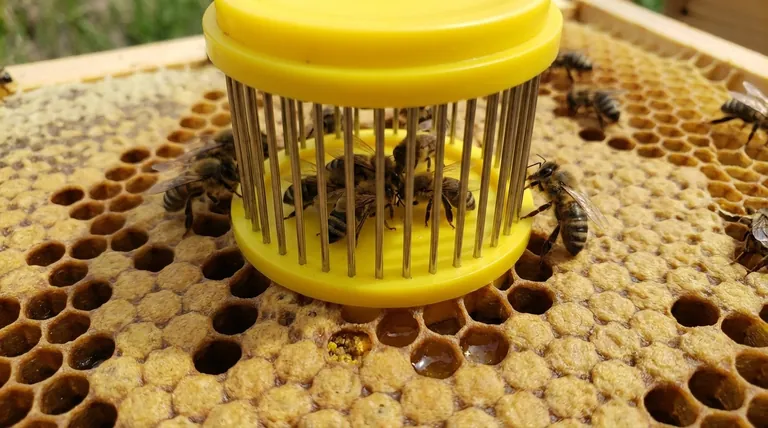
The Principle: A Controlled Social Introduction
A press-in cage is more than just a barrier; it's a tool for managing the hive's social dynamics. By isolating the queen on a carefully chosen section of comb, you allow the colony to acclimate to her scent and presence gradually.
Selecting the Perfect Location
The success of the introduction depends almost entirely on the patch of comb you choose.
The cage should be placed over a section of comb that contains emerging brood. These are capped cells from which young bees are about to be born. These new bees have no prior allegiance to another queen and will immediately accept the new one.
Providing Essential Resources
The caged area must also include some cells of honey and pollen. This ensures the queen and the newly emerged bees have a food source, preventing stress or starvation during the introduction period.
Ensuring Total Isolation
Critically, the comb under the cage must be free of holes, gaps, or tears. Any small opening is an invitation for older, potentially hostile worker bees to enter the cage and harm the queen before she has been accepted.
Key Precautions During Placement
Careful execution is just as important as selecting the right spot. A mistake during placement can undermine the entire process.
Prepare the Frame First
Before placing the cage, gently brush all adult bees off the target area of the comb. This ensures you do not trap any older, potentially aggressive bees inside with the new queen.
Secure the Cage Firmly
Press the cage's edges deep enough into the wax so that it holds securely. The goal is to create a complete seal against the comb foundation, leaving no gaps along the perimeter.
Check for Breaches
After placement, carefully inspect the entire perimeter of the cage. Look at it from all angles to confirm there are absolutely no openings through which a bee could squeeze.
Understanding the Primary Risks
Failure to follow these precautions can lead to a few common, and often fatal, outcomes for the queen.
Risk 1: Premature Worker Access
This is the most significant risk. If older worker bees get inside the cage, they may see the new queen as an intruder and "ball" her, which involves clustering around her and killing her through overheating.
Risk 2: Lack of Support
If the cage is placed over empty comb or drone brood instead of emerging worker brood, the queen will be isolated without the care of attendant bees. This isolation significantly lowers the chance of a successful introduction.
Risk 3: Insufficient Food
Placing the cage over an area with no honey can lead to the queen starving. A stressed or weakened queen is far more likely to be rejected by the colony upon her release.
Making the Right Choice for Your Goal
Your primary objective will determine which precaution you should prioritize above all others.
- If your primary focus is maximizing the acceptance rate: Ensure the cage is placed over a healthy patch of emerging worker brood, as the support from these new bees is the single most critical factor for success.
- If your primary focus is guaranteeing queen safety: Double- and triple-check that the cage is placed over solid comb with no holes and that its edges are pressed firmly to create a perfect seal.
Properly used, the press-in cage offers one of the most reliable methods for ensuring your new queen is welcomed into her colony.
Summary Table:
| Precaution | Key Action | Why It's Critical |
|---|---|---|
| Location Selection | Place over emerging worker brood with honey/pollen. | Provides young, receptive bees and food for the queen. |
| Secure Placement | Press edges firmly into comb, creating a complete seal. | Prevents hostile worker bees from entering and harming the queen. |
| Check for Breaches | Inspect the entire perimeter for gaps or holes. | Eliminates risk of premature access and queen balling. |
Ensure Your Queen Introductions Are a Success with HONESTBEE
A successful queen introduction is foundational to a thriving apiary. Proper equipment is not a luxury—it's a necessity. At HONESTBEE, we supply commercial apiaries and beekeeping equipment distributors with the high-quality, reliable supplies needed for critical hive management tasks.
Let us help you build a more productive and resilient operation.
Contact HONESTBEE today to discuss your wholesale supply needs and ensure your next introduction is a success.
Visual Guide

Related Products
- Professional Round Push-In Queen Cage with Metal Tines
- Premium Wood and Steel Push In Queen Cage
- Wood and Mesh Push-In Queen Cage
- Professional Multi-Functional Queen Bee Cage
- Durable Plastic Push In Queen Bee Cage
People Also Ask
- Where should the queen bee's cage be placed in the hive? Maximize Acceptance in the Brood Nest
- How is a press-in cage used for queen installation? Ensure High Queen Acceptance Rates in Your Apiary
- Are queen cages reusable? Yes, with proper cleaning for sustainable beekeeping.
- Why is the candy in shipping cages important? Ensure Your Queen Bee is Accepted by the Hive
- What are the steps to introduce a queen using a push-in cage? Ensure High Success for Your Valuable Queens
